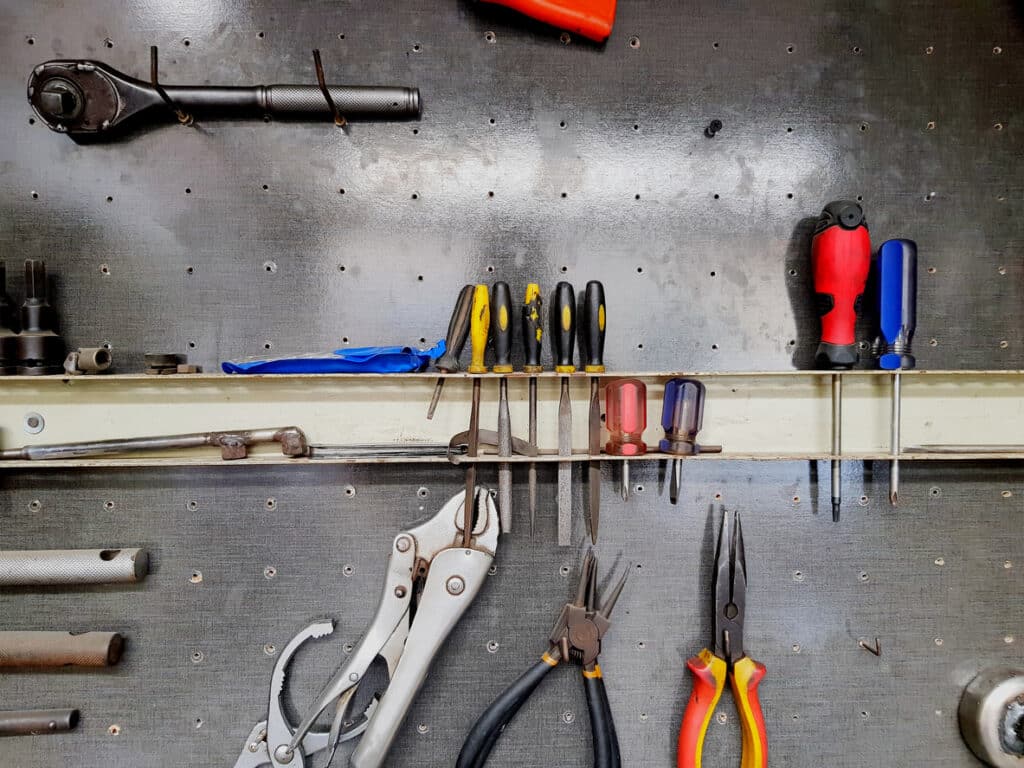
- Massive Range
- FREE UK Delivery
- Rapid Dispatch
- Massive Range
- FREE UK Delivery
- Rapid Dispatch
- Massive Range
- FREE UK Delivery
- Rapid Dispatch
Home » Benefits of Stainless Steel: Durability and Resistance at its Best

When you think of materials that have withstood the test of time and have been the backbone of multiple industries, stainless steel might come to mind. Stainless steel, a stalwart in both domestic and industrial settings, boasts qualities that make it a top choice for various applications. In this blog, we will explore the myriad benefits of stainless steel, focusing on its impressive durability and resistance.
Stainless steel is a robust and corrosion-resistant alloy primarily made up of iron, combined with a minimum of 10.5% chromium, alongside other elements such as nickel, manganese and carbon. The presence of chromium imparts the material’s distinctive anti-corrosive properties; when exposed to air, chromium reacts with oxygen to form a thin, protective oxide layer on the steel’s surface, preventing rusting. Its unique combination of strength, resistance to tarnishing and aesthetic appeal makes stainless steel a preferred choice for a plethora of applications ranging from kitchen utensils to architectural marvels.
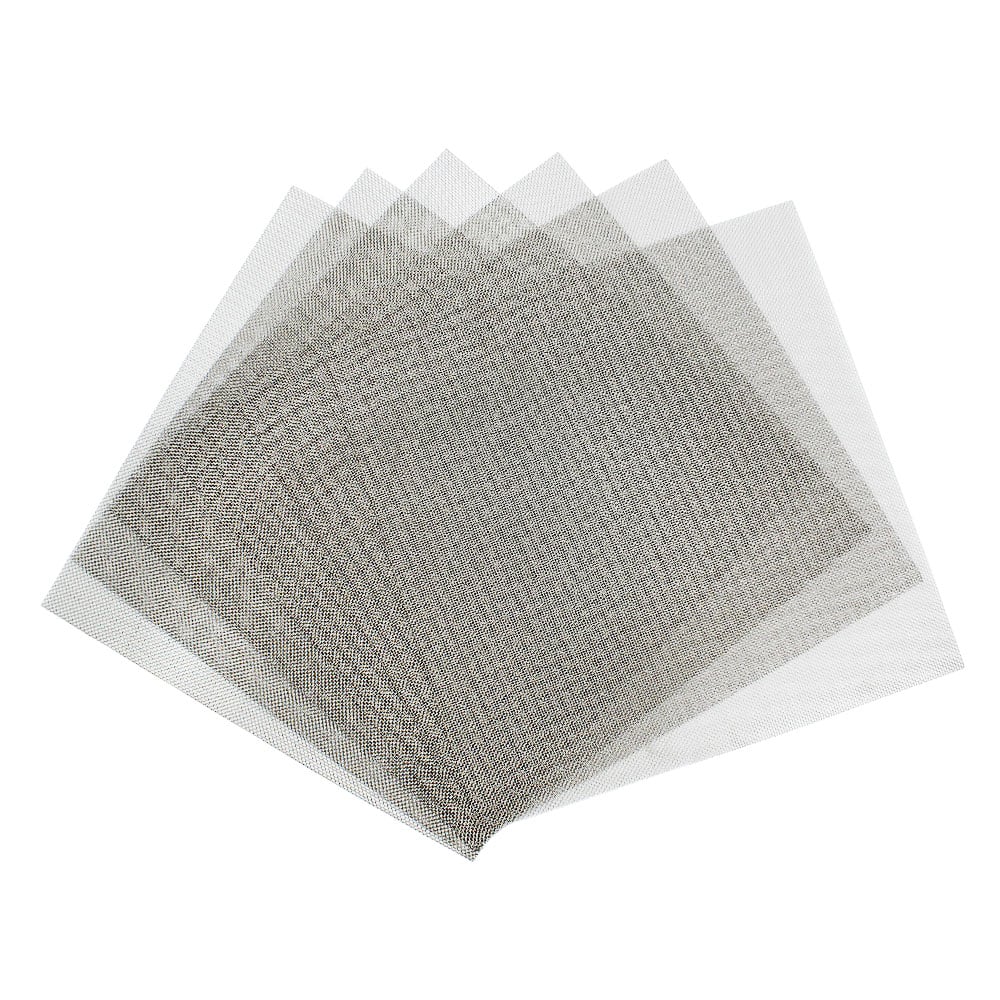
Stainless steel’s longevity is one of its standout features. A combination of iron with a minimum of 10.5% chromium (alongside other elements), this alloy is constructed to last. Here’s why:
High Strength-to-Weight Ratio: Stainless steel offers exceptional strength, making it suitable for buildings, bridges and monuments that need to withstand heavy loads and environmental stresses.
Minimal Maintenance: Unlike other materials that may rust, corrode or degrade over time, stainless steel requires very little maintenance to retain its appearance and structural integrity.
Cost-Efficient in the Long Run: While the initial investment might be higher than other materials, the longevity and minimal maintenance needs of stainless steel often translate to long-term savings.
Stainless steel is not just about strength; it’s also about resilience. Here’s how it stands out:
Corrosion Resistance: The chromium in stainless steel reacts with oxygen to form a thin invisible layer of chrome-containing oxide, making it ‘stainless’. This layer is self-healing, meaning that even if it’s damaged or scratched, a new oxide layer will form and offer protection.
Heat and Fire Resistance: Specific grades of stainless steel are resistant to scaling and retain their strength at high temperatures, making them ideal for applications in industries like energy and aviation.
Resistant to Stains and Rust: As its name suggests, stainless steel doesn’t easily stain, tarnish or rust, ensuring that products retain their pristine appearance over time.
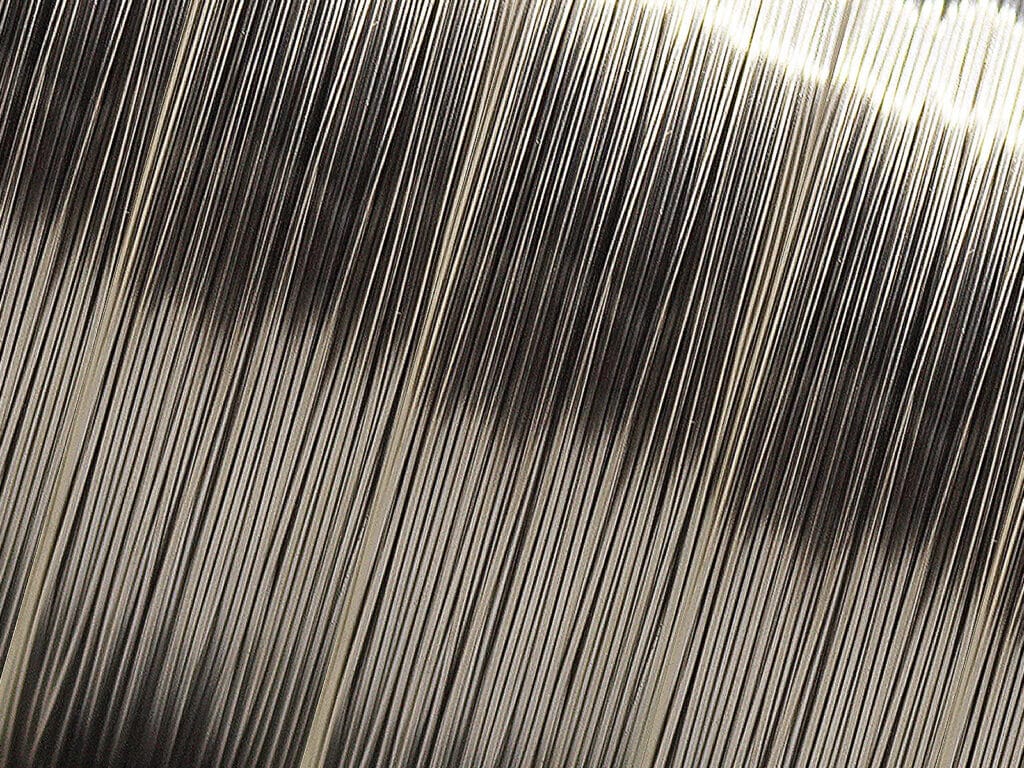
Beyond durability and resistance, stainless steel is incredibly versatile and can be crafted into a plethora of shapes, sizes and finishes. This adaptability, combined with its sleek appearance, allows it to be a favored choice in both functional and design-centric applications, from kitchen appliances to iconic architectural marvels.
Stainless steel is not just beneficial for its end-users but also has a green side to it:
Recyclability: Stainless steel is 100% recyclable. In fact, most stainless steel objects are made of about 60% recycled material, underscoring its role in a circular economy.
Sustainability: Its longevity means reduced wastage and frequent replacements. Fewer resources are used in the long run, making it a more sustainable choice.
Being non-porous, stainless steel doesn’t harbor bacteria or pathogens easily, making it a preferred material in the food and medical industries. Its smooth surface also allows for easy cleaning and sterilisation.
Cost: One of the primary drawbacks of stainless steel is its cost. High-quality variants can be relatively expensive compared to other materials, such as regular steel or aluminum.
Limited Aesthetic Variety: While stainless steel has a modern and clean look, its color options are limited compared to materials like wood or ceramics. This can be a limitation for design-specific applications.
Fingerprint and Smudges: Stainless steel surfaces, especially those with polished finishes, can easily show fingerprints and smudges, requiring frequent cleaning to maintain a pristine appearance.
Difficult to Repair: Scratches and dents on stainless steel can be challenging to repair. Unlike wood, which can be refinished or sanded down, stainless steel may require specialised treatment or replacement.
Weight: Stainless steel is heavier than materials like aluminum, which can be a concern for applications where weight matters, such as in automotive or aerospace industries.
Galvanic Corrosion: When stainless steel is in contact with a dissimilar metal and both are exposed to an electrolyte, there’s a risk of galvanic corrosion. This requires careful consideration in design and assembly processes.
Chloride Sensitivity: While stainless steel is resistant to many forms of corrosion, it is sensitive to chloride exposure. Prolonged contact with salty environments or certain chemicals can lead to a form of localised corrosion known as pitting.
Thermal Conductivity: Stainless steel is not a great conductor of heat compared to materials like copper or aluminum. This can be a drawback in applications where rapid heat transfer is essential, such as certain types of cookware.
As always, thank you for checking out our blog. We hope that this helps you with your project.
Please also check out the other articles in our helpful guide series. We have written about ‘Stainless Steel Sheet Metal: A Helpful Guide‘ and ‘Is Stainless Steel Magnetic‘ recently so why not check them out.
We are also proud to sell this product on our highly popular eBay store, check us out there too.
If you have any further questions, feel free to contact us.

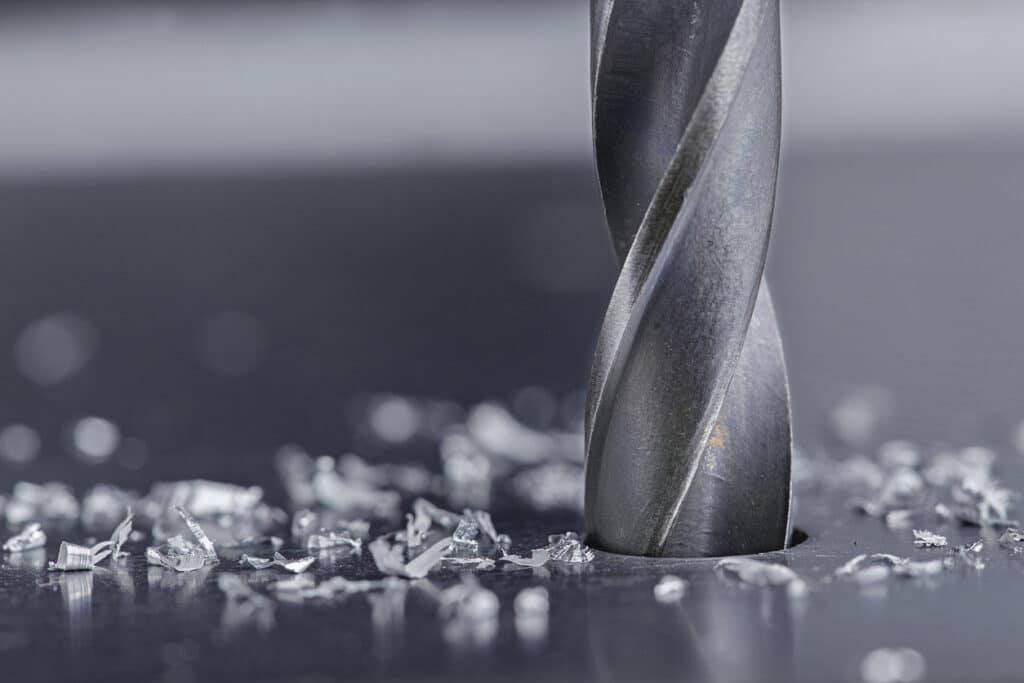
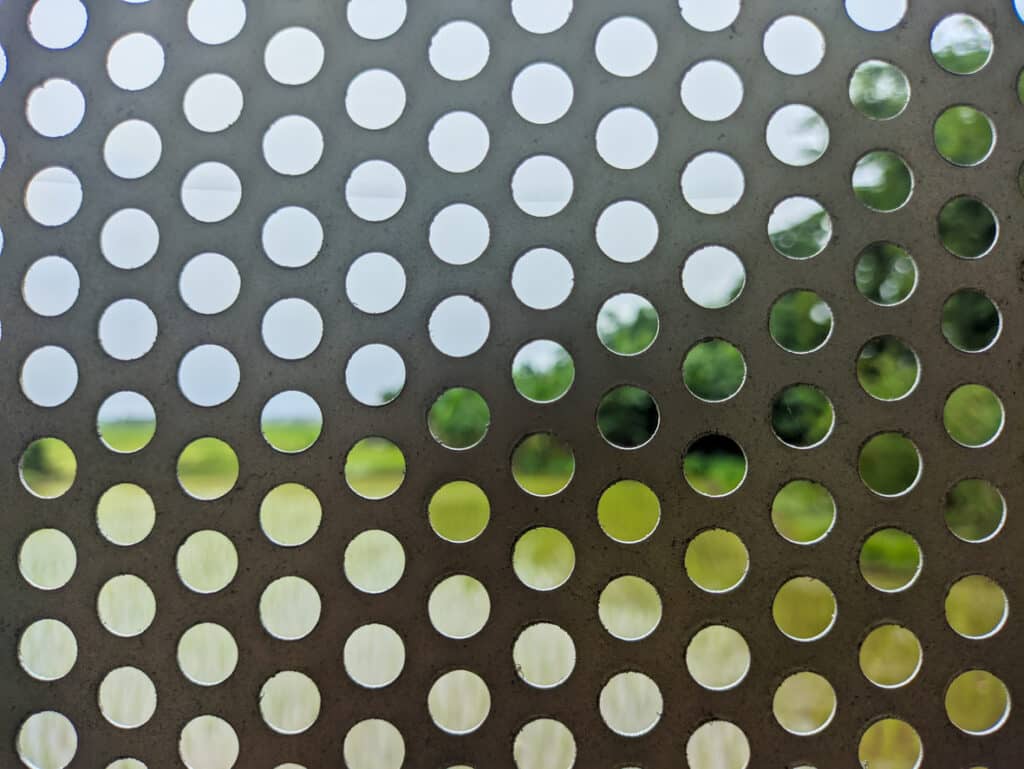
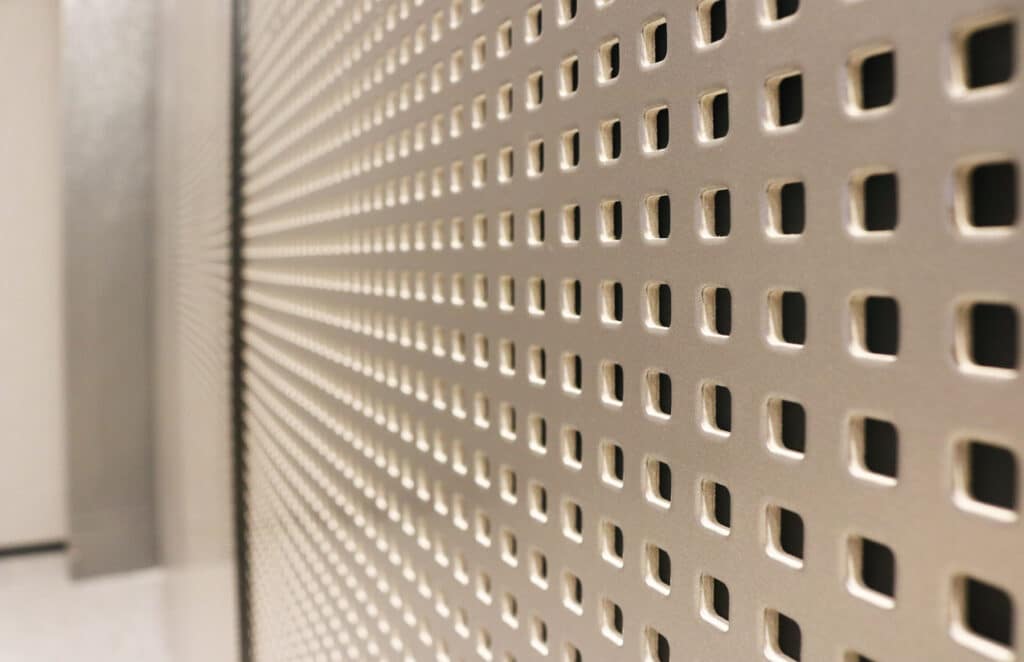
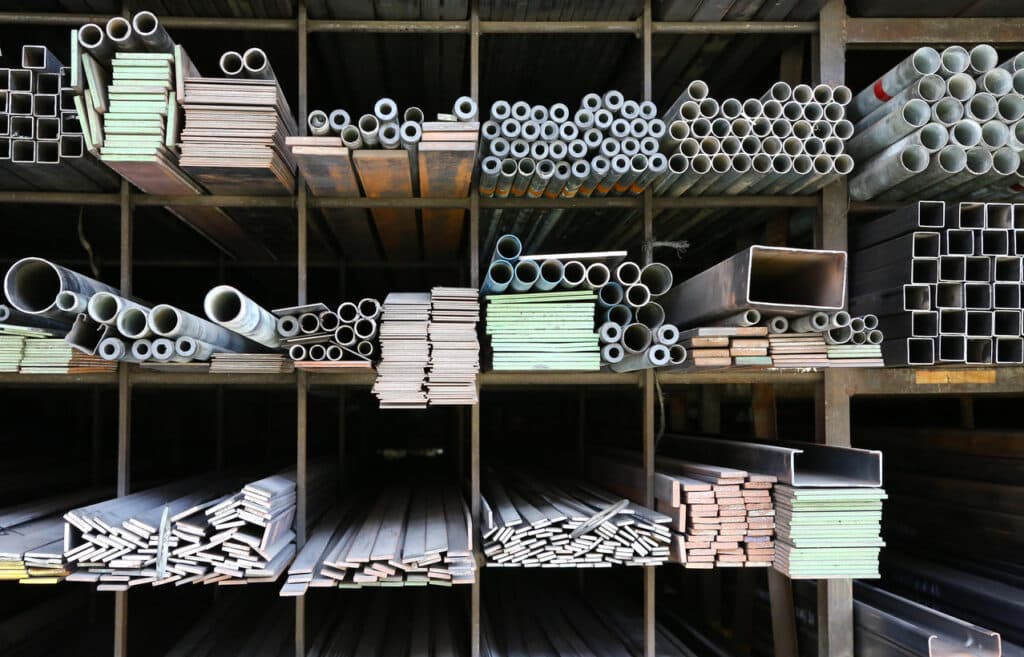
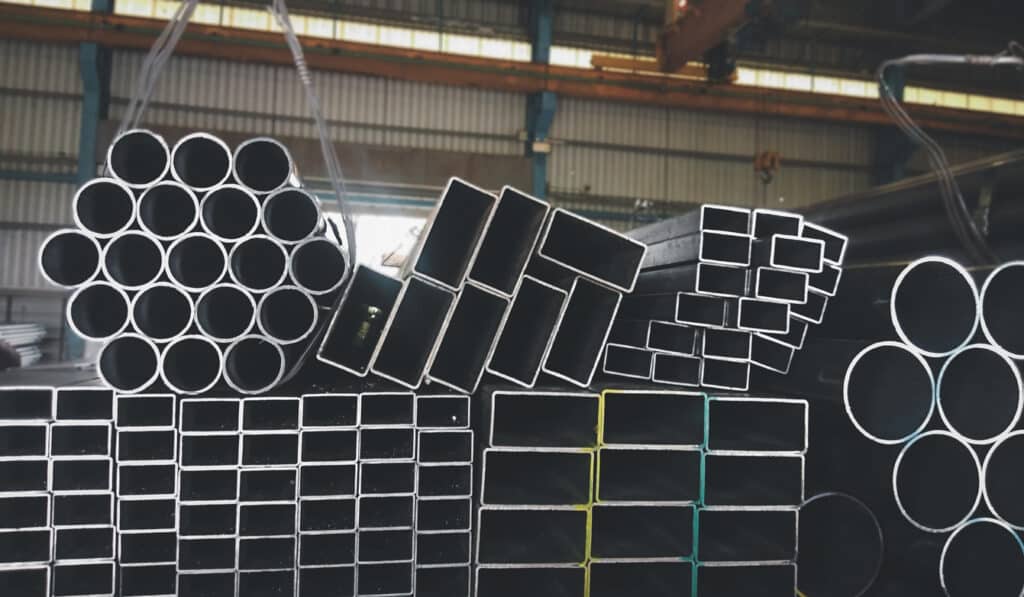
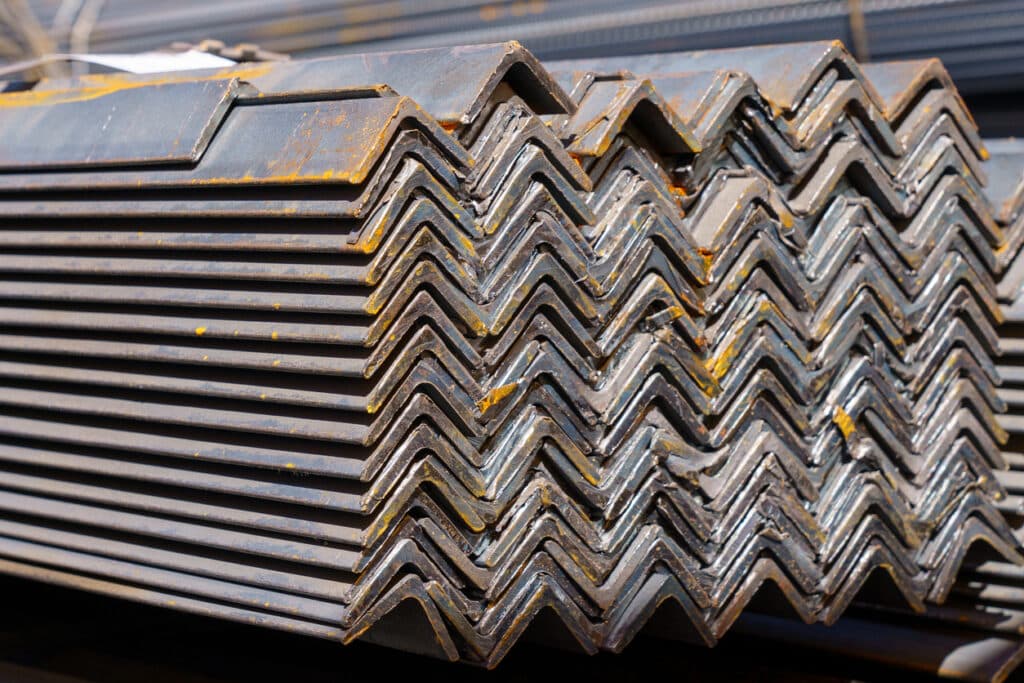

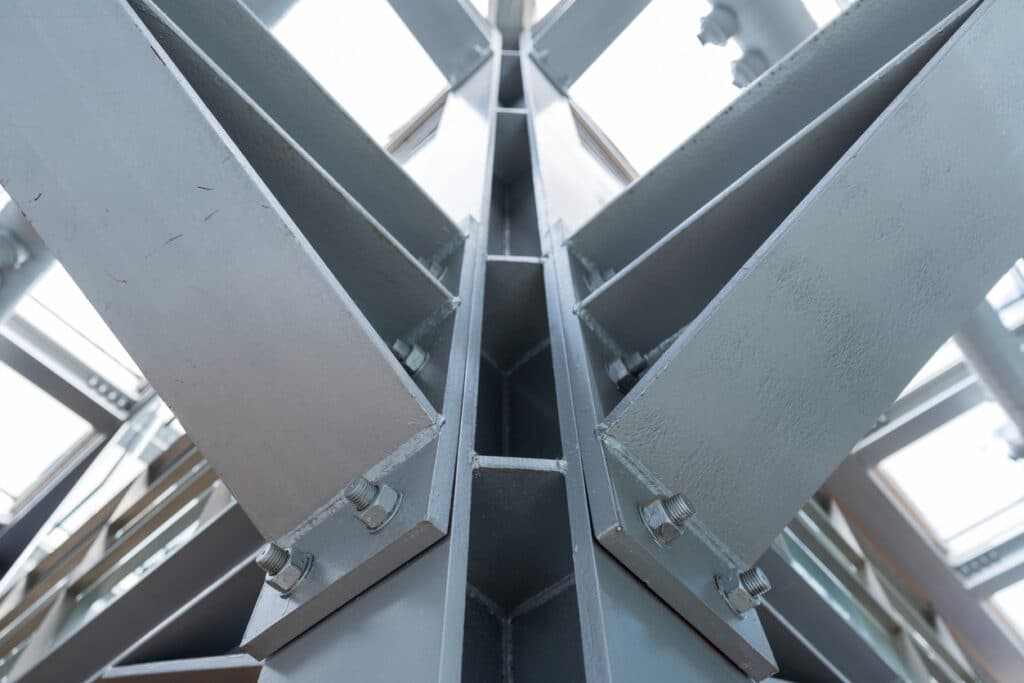
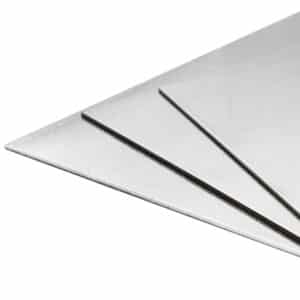
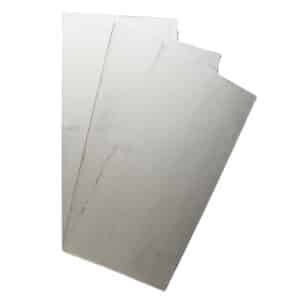
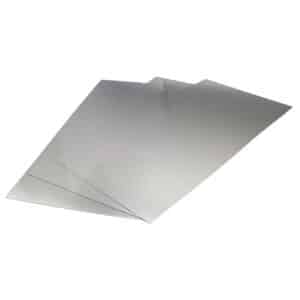
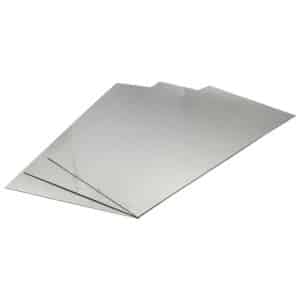
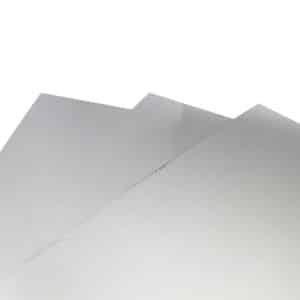
Speciality Metals
Unit 1, Farrell Street, Warrington,
Cheshire, WA1 2WW, United Kingdom
Quick Links
Payment Options
